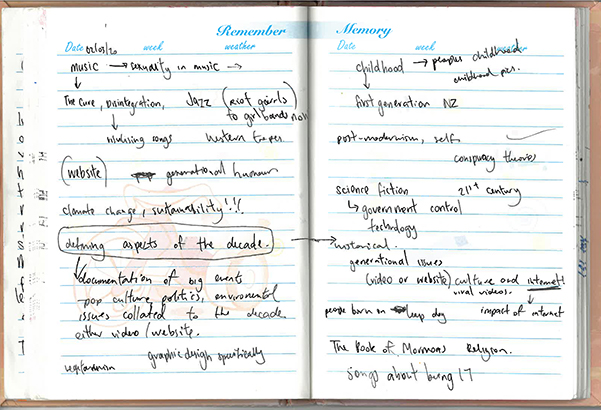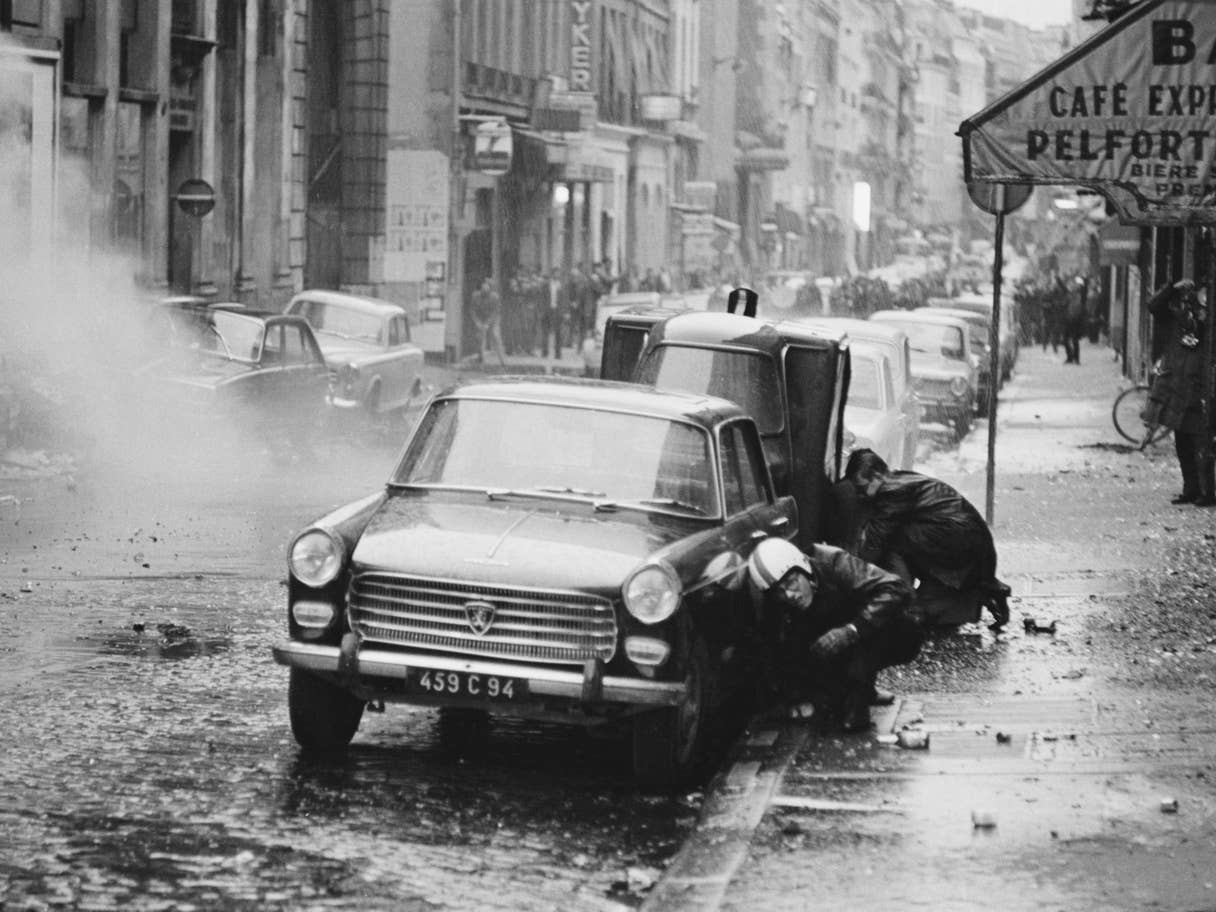
Fucking boring everyone in London had a such more exciting teen life (I mean drugs and parties)
Urban would've been better
Didn't live suburban but lots of life lessons on the streets, being a little hori hoodrat haha
very safe upbringing but lacked diversity. I was a huge bitch until like 17
can't shoot guns
what a quiet existence






.png)











Youth radicalization: Then and now
Is 2011 another 1968? That year saw mass upheaval from Mexico to Pakistan to Poland. In the United States, students occupied and shut down their campuses. Black people led urban rebellions in dozens of cities after the assassination of Martin Luther King, Jr., and protesters fought with police outside the Democratic National Convention in Chicago. Young people rose up against Stalinist rule in Prague. The year’s high point came with a general strike in France in May, which brought out 10 million workers. It was the biggest strike in history up to that point, and it ushered in a revolutionary crisis whose reverberations are still felt to this day.
The parallels between today and the late sixties are notable—as are the differences. For similarities, both years share a long list of youth-led upheavals in multiple countries that led to fundamental and long-term political shifts internationally. Both years witnessed revolutions or near-revolutions. Both years saw mass working-class actions to challenge the priorities of capitalism. However, some of the differences between 1968 and today are stark. Unlike in 1968, war and imperialism are not the key issue underpinning the youth radicalization. The student movement of the late sixties was driven by the fight against the US war in Vietnam. This issue clearly has some resonance today, in the context of multiple imperialist wars, but it is by no means the main catalyst of the radicalization.
Today, it is clearly the economic crisis that is driving things forward. This is a dramatic difference from 1968. The radicalization of the late sixties took place in the context of the long postwar boom, the longest sustained boom capitalism has ever produced. Living standards for most workers in the developed countries rose during this period. Indeed, when an economic downturn hit in the early 1970s, the movement ran aground. According to the late British Marxist Chris Harman, after a period of rising struggle, “in 1974, the whole world economy entered its first full-blown crisis since the Second World War.” Instead of acting as a spur toward further struggle, the crisis “broke the back of the upsurge of struggle, it defused the upturn in struggle.”21
Then, the recession helped end the radicalization. Today, it is driving the radicalization forward. This is not a neutral difference in root cause. It has important implications for the political direction and future of today’s movement. A radicalization rooted in a deep economic crisis suggests that today’s struggles will begin to challenge capitalism itself in a much more profound way. And, as noted earlier, 1968 was the high point of years of struggles that spanned the late sixties and early seventies. On the other hand, 2011 is only the beginning of a years-long period of increasing social unrest—and already it has taken on massive proportions.
There is also a key structural difference. Today’s youth revolt is not just a student phenomenon—unemployed youth are a key component of the struggle. But there are differences even regarding the position of students and the university in society. The student revolts of the sixties came after a period of major expansion of higher education. Whereas in the prewar period universities had largely educated the sons and daughters of the ruling elite, in the decades after World War II state-funded higher education expanded rapidly to meet capitalism’s growing demand for skilled labor, managers and administrators, public servants, and professionals. The world’s student population increased dramatically in order to meet the growing demand for a more educated workforce.22 Between 1945 and 1975, the US population increased by 65 percent, but the number of students enrolled in higher education increased from 1.7 million to 11.2 million—a 659 percent increase.23 This pattern was repeated in Britain, France, Italy, and elsewhere.
The tensions within this rapid expansion of the education system—such as overcrowding in facilities and repressive authority structures on campus—were a key factor that led to the 1968 student revolts. British socialists Alex Callinicos and Simon Turner wrote at the time that “the demands imposed upon the university in transition from the old ways to the new have generated great dissatisfaction among the student body and sections of the faculty.”24
This occurred during an era when universities were largely state-funded and either free or relatively inexpensive, and government programs to help finance tuition were more readily available for those in need. Many students then did not have to work their way through school, much less take out student loans. The situation is very different today. Today’s radicalization takes place after a period in which higher education is being rolled back, privatized, and made less and less accessible. The class composition of the student population has shifted substantially over the past fifty years. For example, in the 1960s only around 8 percent of young people in Britain went to university. Today around 40 percent do. In the United States, the latter number is over 50 percent. Though universities still include a large percentage of middle- and ruling-class students, attending college has also become a regular part of working-class life—though a large percentage of working-class students do not finish college.25
Again, this historical difference carries important political implications. Today’s students are more directly connected to the working class, and their grievances in relation to campus life are more oriented on questions of the political and economic priorities of society as a whole, rather than on questions specific to campus life. If students in France in May 1968 were eager to reach out to the working class and join together in struggle, that impetus is likely to be even stronger today. This is something that has already begun to happen in country after country: students and unorganized youth consciously reaching out to organized labor. It is not difficult to understand why the new movements have consciously reached out to the organized working class. Again, Egypt’s April 6 Youth Movement stands as a prime example—the date April 6 refers to a strike in the textile town of Mahalla.
Many of these differences suggest that today’s movement could become more powerful than the movement of 1968. However, today’s movement is not yet as politically mature as the movement of the late sixties. The years of mass civil rights struggles that preceded 1968 had already educated and radicalized thousands of activists across the United States. Furthermore, the international consciousness of liberation struggles in Asia and Africa, many of which claimed to be fighting for some version of socialism, raised the overall political level of youth radicalization in the developed countries. As Harman noted, “it was a period in which revolutionary socialist ideas, which had been marginal in virtually every country of the world, began to move toward the center of the political stage.”26 In that regard, we still have to catch up to 1968.
On the other hand, the dominant left political forces in the sixties, Stalinism and Maoism, ended up handicapping the movement. In France, for example, the French Communist Party actually tried to prevent fraternization between student revolutionaries and young workers on strike at Renault. The Communists refused to recognize the general strike and made efforts to de-escalate and rein in the workers’ movement.27 Unlike 1968, today’s nascent generation of radicals will not have to deal with the hegemonic influence of Stalinism (though Stalinism has not completely disappeared). The flip side of this, however, is that the left is much weaker today than it was in 1968.
Capitalism, youth, and the working class
How are we to understand the role of youth within these various movements? In nearly all of the countries we have discussed, the struggles were not composed exclusively of young people or students. Also, it should be noted that in those struggles which achieved victories—Egypt and Tunisia—the strike action of organized workers was the decisive factor in tipping the balance.
However, almost all of these movements were led or initiated by youth or students—such as the April 6 Youth Movement in Egypt. Even in situations in which youth were not the largest or most important component of the struggle, they have often been among the first to get out into the streets and to give confidence to workers and other layers of society to fight back.
In modern capitalist society, young people are uniquely positioned to respond to social crisis. As Chris Harman wrote: “Young people, students especially, are very sensitive to the outbreak of social crisis. They often react to the crisis before other groups in society. Protests can develop seemingly ‘out of nowhere’ to involve thousands…in a matter of days.”28
Student struggles, specifically, tend to have certain unique features:
Student struggles are extremely volatile. Because of the fragmentation and isolation that is their existence, students can move very quickly between passivity and militancy. When they do rebel they do so with tremendous force, inventiveness and spirit, rapidly generalising and taking the struggle beyond grievances specific to their situation to a rebellion against the capitalist system. At the same time, once the particular struggle they are involved in is on the downturn, they can relapse very quickly into complete apathy.29
The late 1960s saw a flourishing of Marxist theory on the topic of student and youth struggles. Drawing on the experience of the radical movements of their day, many Marxists came to argue that student protests can act as a “detonator” for wider social movements. Students and youth can play an important role in giving confidence to different social layers, including workers, to fight back.
Yet “youth” do not really exist as a distinct, coherent social force or category of analysis. The concept of a “generational struggle,” though popular across the political spectrum, is highly problematic; it is even being used as a means to pit young workers against older workers, by claiming that the retirement benefits of the elderly are responsible for the dire economic straits of young people. Coy’s Bloomberg Businessweek piece gives a typical illustration of this argument:
In many countries the young are being crushed by a gerontocracy of older workers who appear determined to cling to the better jobs as long as possible and then, when they do retire, demand impossibly rich private and public pensions that the younger generation will be forced to shoulder. In short, the fissure between young and old is deepening. “The older generations have eaten the future of the younger ones,” former Italian Prime Minister Giuliano Amato told Corriere della Sera.30
Similarly, the New York Times ran an op-ed about unemployed recent college graduates that listed as one of the factors feeding youth joblessness the fact that “entitlements for the elderly are untouchable.”31
These arguments create a false impression of comfort among the elderly in order to blame one part of the working class for the problems faced by another part of the same class. The not-so-hidden agenda here is more austerity—as if money cut from Social Security would end youth unemployment. The reality is that older workers are also suffering severe deprivations in the crisis. The few public benefits that still exist need to be maintained and expanded, not ended. If Coy is looking for something “impossibly rich” to tax in order to help young workers, he could start at Wall Street and work his way toward the Pentagon. This barely concealed propaganda campaign cannot explain how it is that French high school students are willing to engage in mass protest to resist the raising of the retirement age. What French students understand—and the New York Times does not—is that working-class students eventually become working-class retirees, and that the latter are the parents and grandparents of the former.
The idea that the movement is “generational” misses some obvious things about the struggle. While from Cairo to Madison to OWS, young people have played a leading role and in most instances a catalytic one, these struggles have brought out people of all ages, including workers. There is a crucial class dynamic to the struggle, represented by the slogan “we are the 99 percent,” that is tapping into discontent among workers and the poor of all ages.
Moreover, within the current generation of young people are ruling-class youth who will always be able to afford higher education and whose material security is guaranteed by their social position. Theories of “generational struggle” lump together these groups of youth with radically different backgrounds and material interests in a way that doesn’t match up with reality.
Nevertheless, there is value in understanding youth as a descriptive category, without asserting that age represents any real division of material interests in society. It is simply a fact that the first layers of protesters in country after country where mass struggles have emerged recently have been drawn from the section of the population that is younger than thirty. This reflects a reality that youth tend to be less beaten down by the system, less fettered by the past, and thus quicker to action. As Harman writes, “students can show a level of verve, imagination and fighting spirit that has often been knocked out of their elders by the daily grind of the existing system.”32